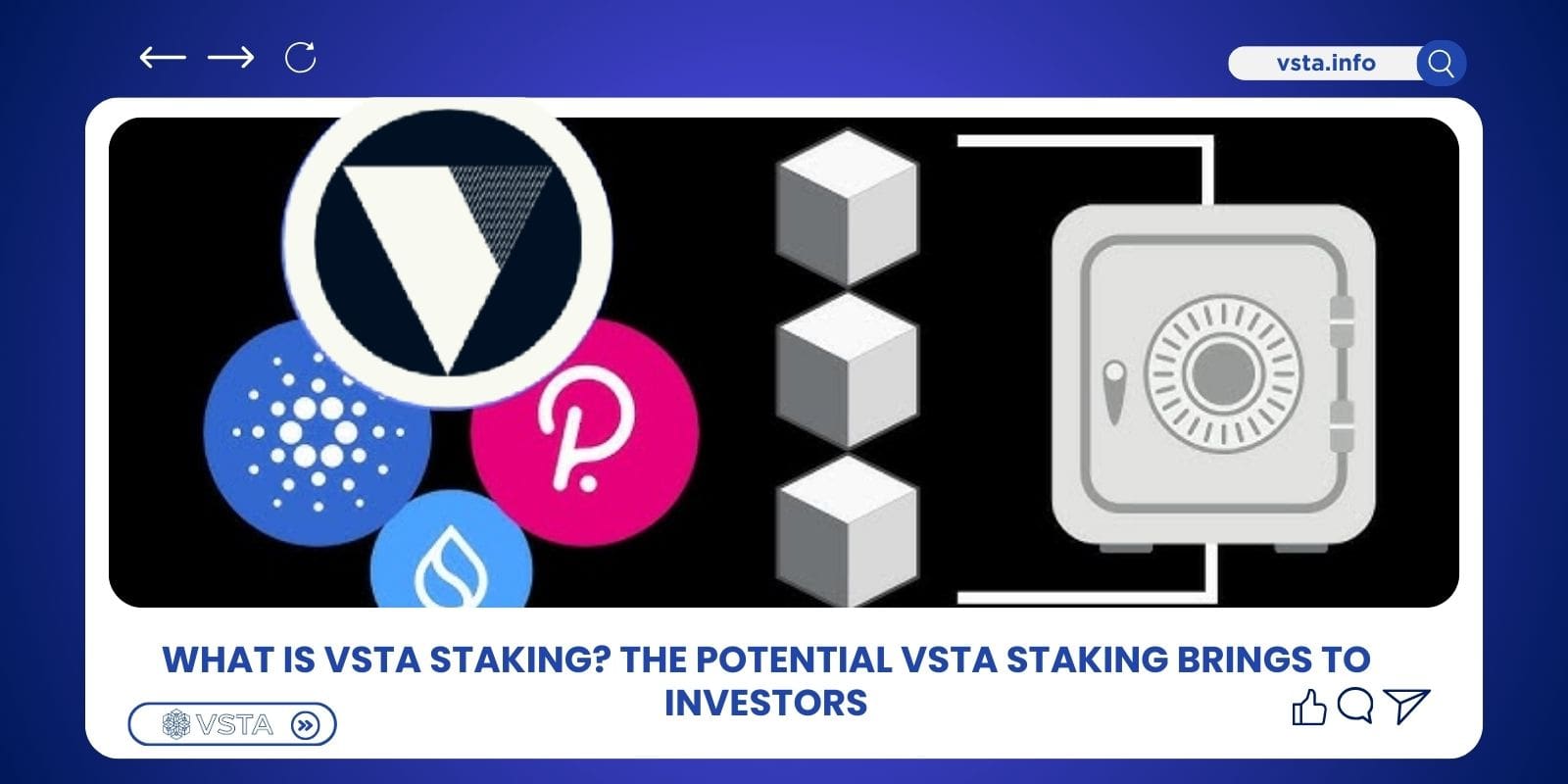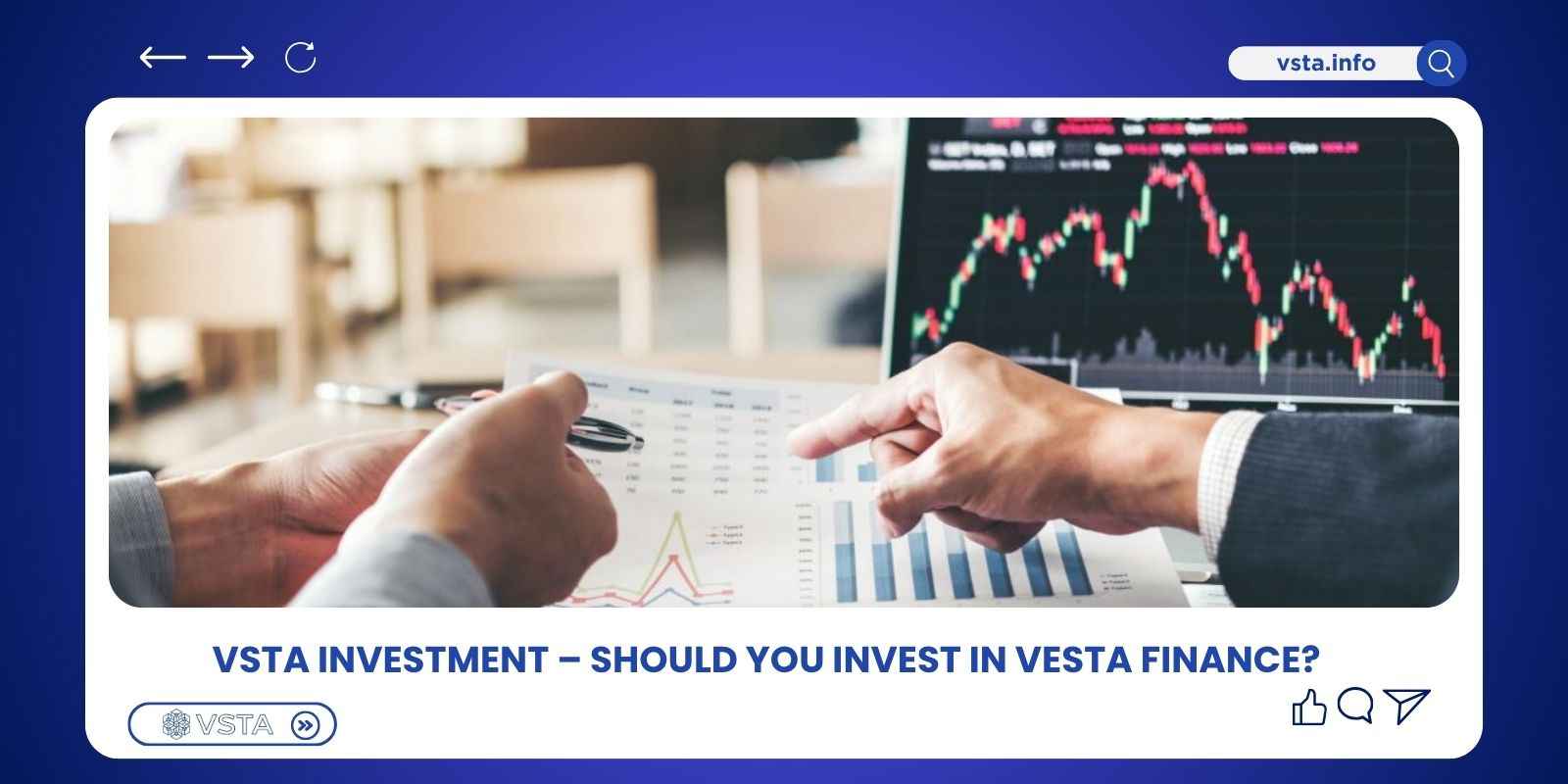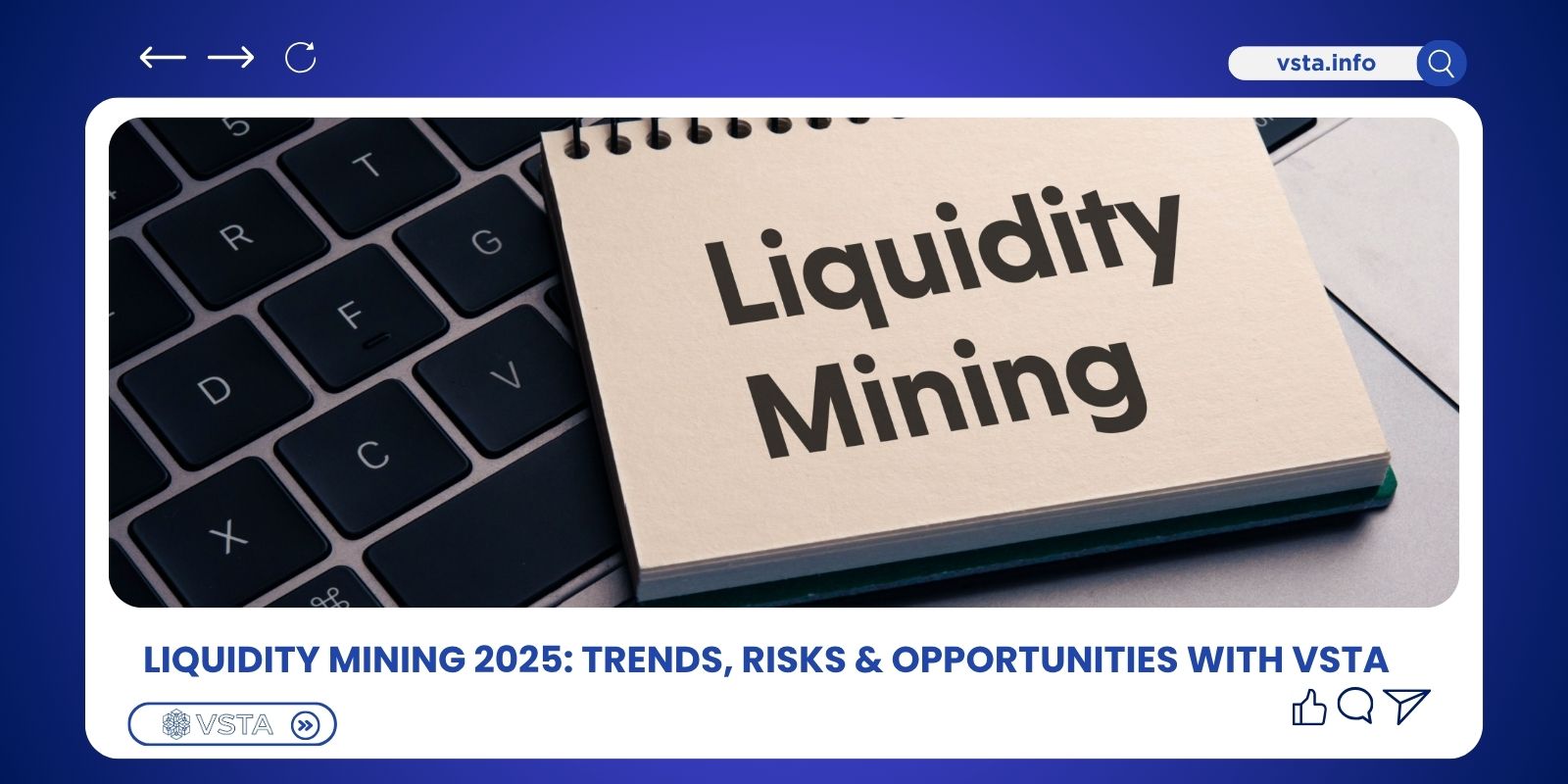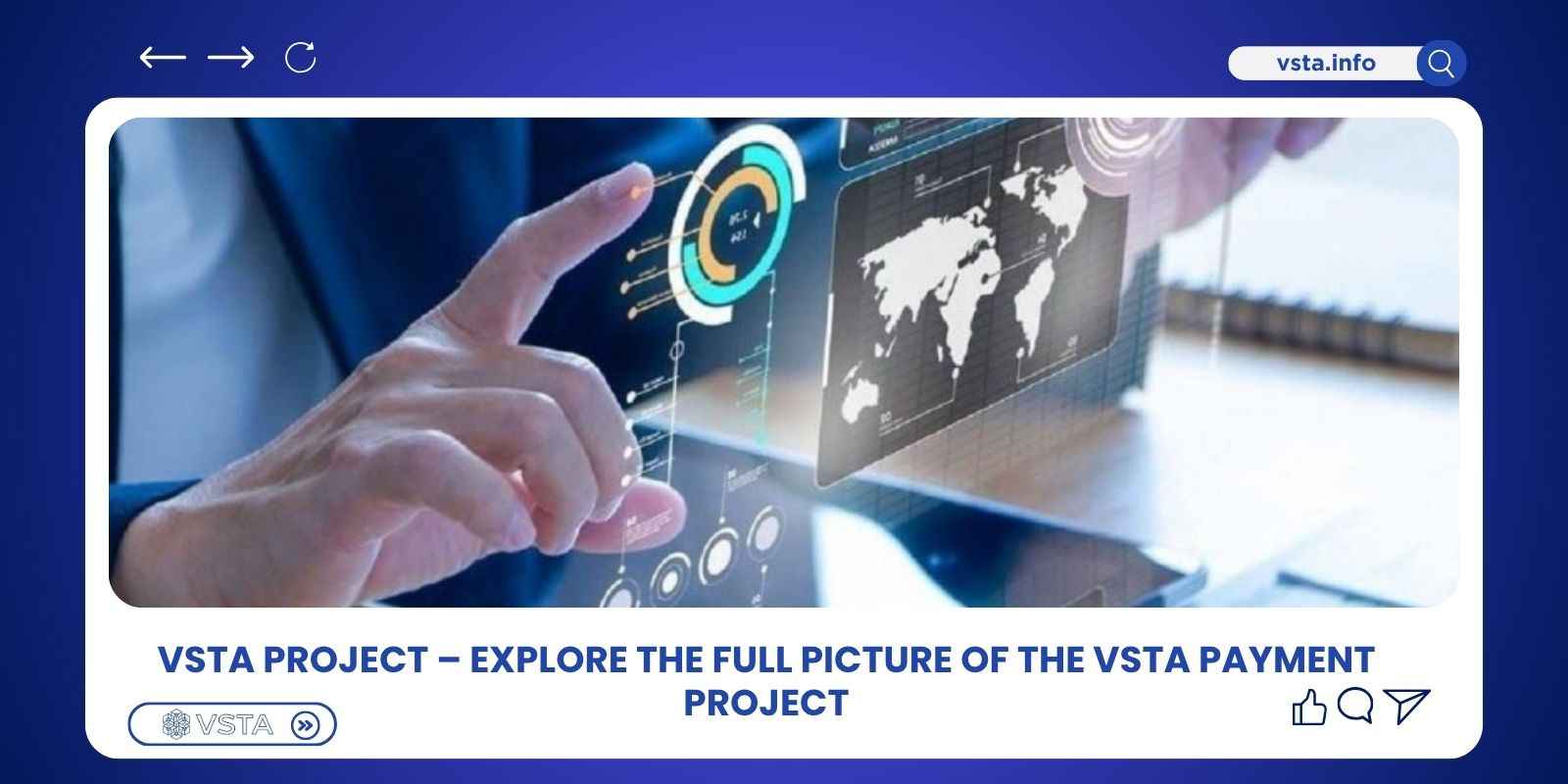You’ve saved up a small amount of money and want to deposit it on an exchange to earn profits. However, market risks could cause your investment to be frozen and unusable. Don’t worry — with VSTA staking, your assets can still generate returns without losing liquidity. So, what exactly is VSTA staking and what potential does it hold? Let’s dive in with VSTA!
What is VSTA Staking?
VSTA staking is the process of locking VSTA tokens into the Vesta Finance protocol to earn rewards and participate in ecosystem governance. By staking, users not only gain passive income from transaction fees or distributed rewards, but also obtain governance rights to vote on critical decisions such as adding new collateral assets, adjusting risk parameters, or allocating community funds.
What is the Purpose of VSTA Staking?
VSTA staking was introduced not only as a way to earn profits but also to support the long-term growth of the Vesta Finance ecosystem. Its core purposes include:
Stabilizing the VSTA Ecosystem: A major challenge for new DeFi projects is the selling pressure from short-term investors. With a staking mechanism, users are incentivized to lock their VSTA tokens for a period of time in exchange for attractive rewards. This reduces circulating supply, helps stabilize the token’s price, and encourages long-term holding.
Strengthening DAO Governance: Vesta Finance operates as a DAO (Decentralized Autonomous Organization). By staking VSTA, users not only earn rewards but also become “shareholders” of the protocol. Stakers gain voting rights on important decisions such as adding new collateral assets, adjusting risk parameters, collateral ratios, or allocating community funds and development budgets.
Incentivizing Liquidity: For a DeFi ecosystem to grow, deep liquidity is essential. VSTA staking is designed to motivate users to provide assets, participate in farming, or engage in liquidity mining. This mechanism attracts capital inflows into Vesta Finance, strengthens liquidity for the VST stablecoin, and supports related pools.
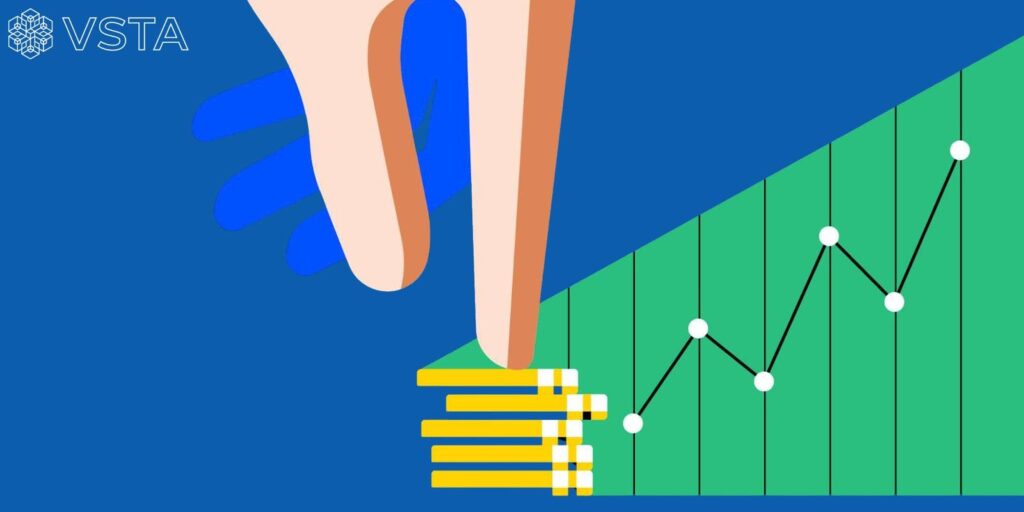
Why Does VSTA Staking Have Strong Growth Potential?
Adoption of Layer-2 Solutions
Vesta Finance is deployed on Optimism and Arbitrum, two of the leading Layer-2 networks today. Thanks to this, VSTA staking benefits from low transaction fees, allowing even small investors to participate. High processing speed also makes it suitable for payment models and high-frequency trading. This gives Vesta an advantage over many early DeFi projects that still rely heavily on Ethereum mainnet.
Stablecoin VST Tied to Staking
The VSTA token does not exist independently — it is directly tied to the growth of the VST stablecoin. When users collateralize assets to mint VST, they rely on the staking mechanism to participate in governance and earn rewards. If VST gains wide adoption in e-commerce and DeFi, demand for staking VSTA will grow exponentially.
Community Allocation of 63%
Unlike many projects that allocate a majority of tokens to the team or venture capital investors, Vesta Finance dedicates more than 50% of its supply to the community. This design encourages long-term staking instead of short-term speculation. Strong community participation becomes a key driver for sustaining the appeal of VSTA staking, especially in the context of DAO governance.
Explosive Staking Market
Staking has become one of the most popular investment trends in crypto. Increasingly, investors prefer passive income from staking rather than just trading tokens. The rise of liquid staking protocols (such as Lido and Rocket Pool) also opens opportunities for Vesta to launch new models, making VSTA staking more flexible and attractive.

What Benefits Does VSTA Staking Bring to the Market?
Price Stability and Reduced Selling Pressure: When many investors choose staking instead of selling, the circulating supply of VSTA decreases. This helps stabilize the token’s price, builds community trust, and attracts new capital inflows.
Strengthened Decentralized Governance (DAO): Stakers gain voting rights on important protocol decisions. This promotes a transparent and democratic DAO model, reduces centralization risks, and builds greater confidence across the DeFi market.
Boosting Liquidity and Capital Flow in DeFi: VSTA staking incentivizes users to lock assets and provide liquidity. This process makes the Vesta ecosystem more dynamic and attractive for participants.
Increased Capital Efficiency: Through liquid staking, users can stake VSTA and receive representative tokens that can be reused across other DeFi protocols. This ensures that capital is not locked up and can generate multiple streams of returns.
Attractive Passive Income: VSTA staking provides users with steady rewards from transaction fees and protocol incentives, offering a reliable source of passive income.
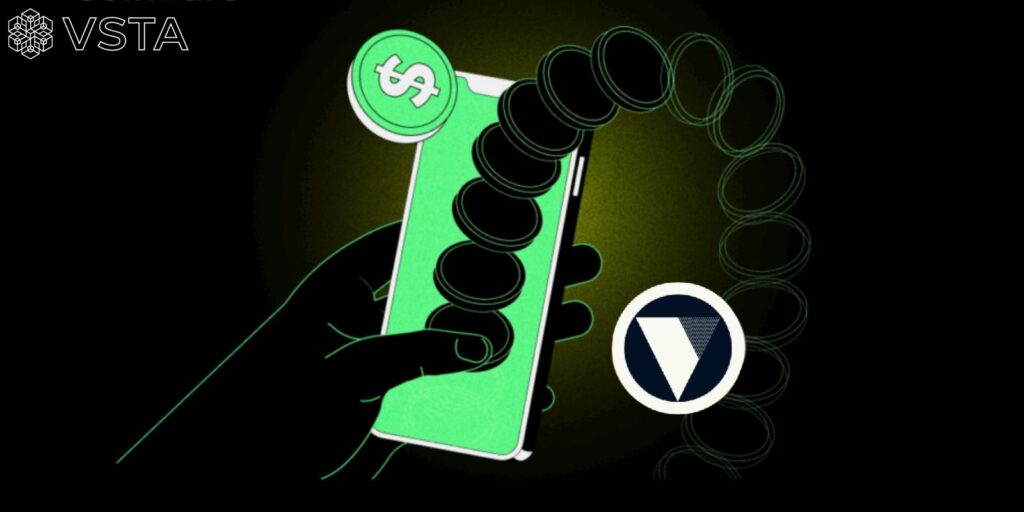
How to Stake VSTA Quickly for Beginners
Step 1: Prepare a Wallet
Download and set up a decentralized wallet that supports Ethereum/Layer-2 networks, such as MetaMask or Trust Wallet. For added security, you can connect a hardware wallet like Ledger or Trezor.
Step 2: Buy VSTA Tokens
Purchase VSTA tokens on centralized exchanges (CEX) such as MEXC, Gate.io, or CoinEx, or swap directly on decentralized exchanges (DEX) on Ethereum mainnet or Layer-2. After buying, transfer your VSTA tokens to your personal wallet to start staking.
Step 3: Connect Your Wallet to Vesta Finance
Visit the official website: vestafinance.xyz (always check the URL to avoid scams). Select Connect Wallet and link your MetaMask or Trust Wallet.
Step 4: Stake Your VSTA Tokens
Go to the Staking / Governance section on Vesta Finance. Enter the amount of VSTA you want to stake, then confirm the transaction in your wallet. Make sure you have ETH in your wallet to pay for gas fees (Ethereum mainnet) or ETH on Optimism/Arbitrum to cover Layer-2 fees.
Step 5: Track Rewards and Reinvest
When staking, you will receive rewards in VSTA or a share of the ecosystem’s fees. You can choose to Claim Rewards or Compound Rewards to maximize compounding returns.
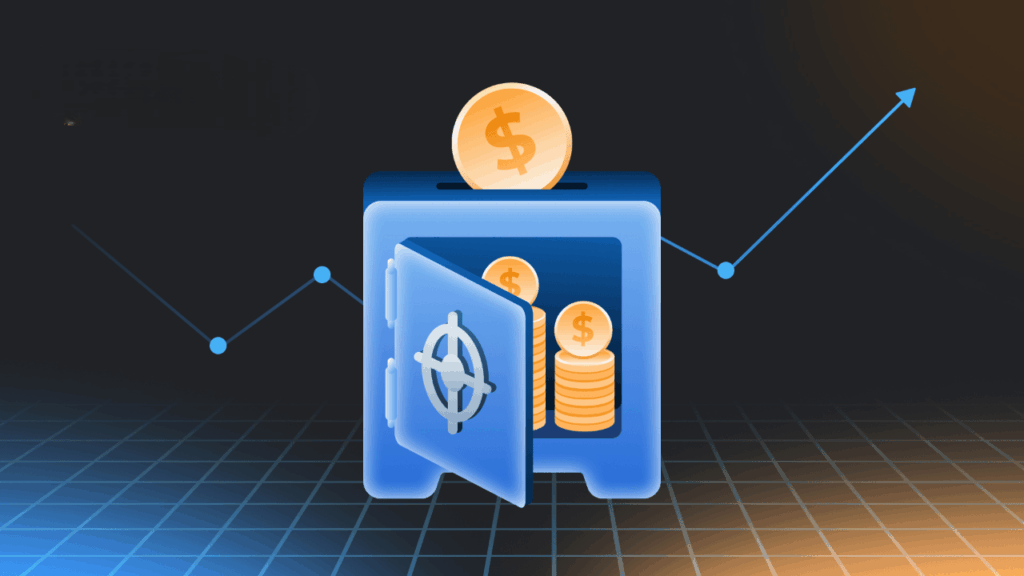
Comparing VSTA Staking and VSTA Lending
VSTA staking and VSTA lending are both ways to earn returns from your holdings, but they are often confused as being the same. In reality, they work very differently:
- Staking: When users stake VSTA, they lock tokens directly into the Vesta Finance protocol to earn rewards and governance rights, helping stabilize the ecosystem.
- Lending: When users lend VSTA on DeFi platforms (or use it as collateral), they are essentially offering their crypto assets in exchange for interest or the ability to borrow other assets.
Below is a detailed comparison:
| Criteria | VSTA Staking | VSTA Lending |
| Definition | Users lock (stake) VSTA directly in the Vesta Finance protocol to earn rewards and DAO governance rights. | Users lend VSTA on DeFi platforms (or use it as collateral) to earn interest or borrow other assets. |
| Objectives | – Stabilize the ecosystem- Encourage long-term community commitment- Participate in DAO governance | – Generate additional income from VSTA- Use VSTA as collateral to borrow stablecoins or other tokens without selling |
| How it Works | – Stake VSTA -> Earn VSTA rewards or ecosystem fee shares- Gain voting rights in the DAO | – Provide VSTA to a lending pool -> Earn interest- Or use VSTA as collateral -> Borrow VST/USDC/ETH |
| Income Sources | – Staking rewards (APY)- Ecosystem transaction fees | – Lending interest (APR)- Leverage opportunities from borrowing |
| Key Benefits | – Passive income- Governance participation- Helps stabilize VSTA price | – Greater liquidity for holders- Ability to keep VSTA long-term while extracting capital value- More flexible than staking |
| Risks | – VSTA price volatility- Smart contract risks in staking | – Liquidation risk when using VSTA as collateral- Smart contract risks in lending- Variable interest rates |
| Best Suited For | Long-term investors seeking passive income and governance participation | Flexible investors who want to optimize capital or borrow other assets without selling VSTA |
FAQ
Where can investors stake VSTA?
You can stake VSTA directly on the official platform at vestafinance.xyz, or through liquidity pools such as VSTA-ETH on Uniswap/Layer-2 networks.
Where do VSTA staking rewards come from?
Rewards primarily come from:
- Incentives allocated through tokenomics (63% of supply dedicated to the community)
- A portion of transaction fees within the Vesta Finance ecosystem
What is the APY for staking VSTA?
The APY (annual percentage yield) varies depending on time and the pool you join. Users should check directly on the staking interface for the latest rates.
Does staking VSTA carry risks?
Yes. Risks include VSTA price volatility, which affects actual returns; Smart contract risks; Liquidity risks if the pool size is too small
Can I stake VSTA and still borrow against it?
Yes. With liquid staking, you receive a representative token that can be used for borrowing or farming across other DeFi protocols.
Conclusion
VSTA staking is suitable for investors who prefer a long-term, relatively safe strategy with governance rights and steady rewards. Beyond profits, staking also supports the sustainable growth of the Vesta Finance ecosystem. Hopefully, this guide has helped you better understand how VSTA staking works. If you have further questions, don’t hesitate to reach out to Vesta Finance for support.
